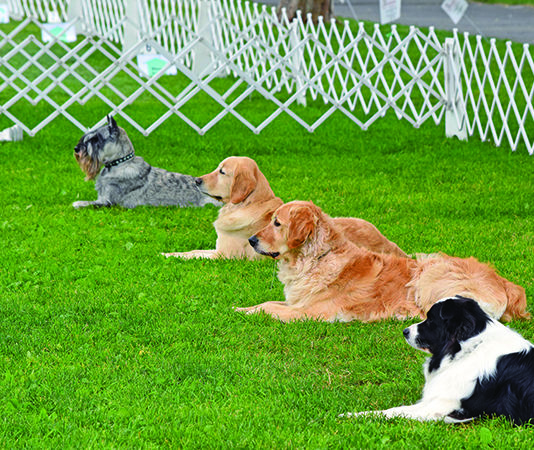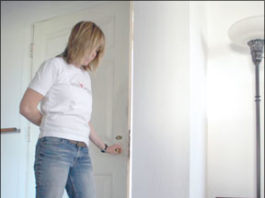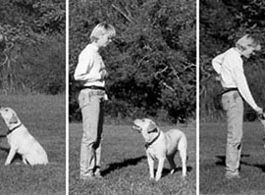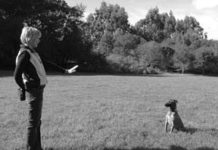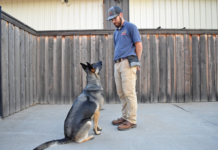Training a Dependable “Stay”
How to produce a completely dependable "stay" in your dog, no matter what the distraction. (Hint: It takes a lot of practice!) We were on our usual morning neighborhood walk. All of a sudden, three children on bikes sped past us on the sidewalk, racing each other on the way to school. The faster and older children raced around the corner, leaving the younger bicyclist in their dust.
Increase Your Dog’s Reliability
Behavior professionals often define “reliable” as responding appropriately to the cue at least 80 percent of the time. That means your dog sits at least 8 out of 10 times when you ask him to. It’s unreasonable to expect 100 percent reliability from your dog. It takes commitment to your training program to achieve reliability under a wide variety of conditions. Let’s explore some of the elements that make for true reliability.
Stay Happy
It’s 6 a.m., and barely beginning to get light outside. I trudge to the barn with Bonnie at my side to join my husband Paul, who has already started barn chores with the rest of the dogs. On the way, I stop to pick up empty feed pans from the horses, who have finished their morning grain. I cue Bonnie to sit, and stay, so my energetic dark-colored dog doesn’t disappear into the blackness. I enter the pasture, pick up the pans, and just as I move back toward the gate, I see Bonnie’s ears prick and eyes light up in excited anticipation as she looks to my left.
Wait for Your Food Bowl
With your dog sitting at your side, hold her food bowl at chest level, and tell her to “wait.” Move the bowl (with food it in, topped with tasty treats) toward the floor 4 to 6 inches. If your dog stays sitting, click your clicker and feed her a treat from the bowl. If your dog gets up, say “Oops!” and ask her to sit again. If she remains sitting, lower the bowl 4 to 6 inches again, click and treat.
How to Teach Verbal Cues
Does your dog understand what behavior you wish her to perform when you use verbal cues alone, with absolutely no hand gestures or suggestive...
How to Teach Your Dog to Wait
Old-fashioned training (the kind I grew up with) was mostly “don’t do stuff” – as in “Sit, Stay, Behave!” – where “Behave” meant “Don’t...
What Is a Dog Training Platform?
Many trainers use a platform or a box, also called a “place board,” to help a dog understand the concept of remaining in a designated spot. It is is a low, stable surface that is used to help a dog learn to stay in the same spot while changing positions or to learn a formal “stay.”


